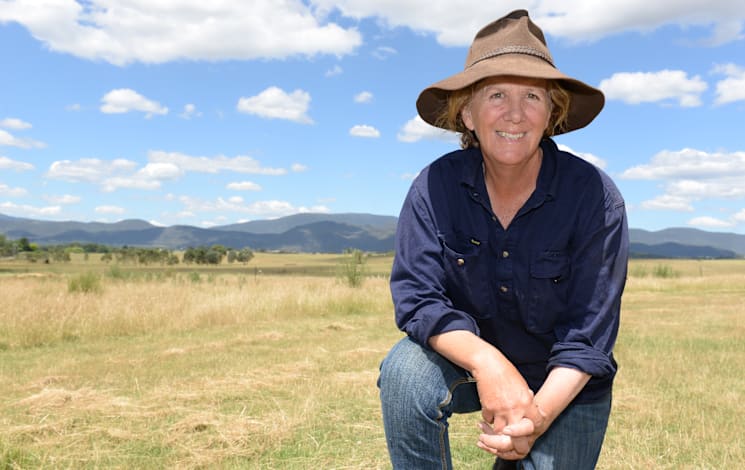PROPOSED changes announced last week by the Federal Government in restructuring its biosecurity protection levy have been welcomed but more needs to be done according to a local cattle farmer.
Federal Agriculture Minister Murray Watt said importers, who already contribute almost $220 million towards biosecurity cost recovery, would put in “$28 million more under the Albanese Government’s new model”.
The new model calculates the levy based on each farming, fishing and forestry industries’ gross value of production, over a rolling three-year period, rather than simply recovering an extra 10 per cent of existing statutory levies; based on a mix of values, volumes and masses.
The changes mean dairy farmers’ annual contributions will drop from $3.2m under the old levy model to $3.1m, while the burden on wheat growers will drop from $8.11m to $5.74m.
The cattle industry is expected to contribute $9m in levies, while wool growers tip in another $1.84m.
Latest Stories
Mudgegonga cattle producer Loretta Carroll said the proposed changes were a positive step but there is still cause for concern.
“It’s certainly a positive step toward a fairer and more transparent model, tailoring the levy to individual products and goods so it won’t be paid multiple times as would have been the case if it was attached to the cattle transaction levy,” she said.
“Another positive is that the charge will be introduced for goods imported by air or sea valued up to $1000 at a rate of .40c per parcel and they will also be looking at reforming border fees and charges to meet the actual costs of managing the biosecurity costs.
“However, it is proposed that the levy rate for producers will now be set on the basis of each industry sector’s proportional share of total gross value of production (GVP), based on a three year average.
“According to Minister Watts the cattle industry contributed around 18 per cent of total GVP between 2019-20 and 2021-22 which means our sector would pay around $9 million annually which he claims will be split proportionately between all producers.
“My concern is that if we are saying we have around 40,000, to 50,000 cattle producers in Australia we may still be paying roughly $200 annually, on a proportional basis, which I believe is still excessive and will be in addition to what we already pay.
“I agree with Cattle Australia who are calling for things such as detailed analysis of the risk creators and beneficiaries; government/industry co-design planning; stakeholder oversight to ensure adequate safeguards are in place.
“A new biosecurity protection levy needs to be truly equitable and transparent.”
Of the $1 billion a year the government expects to recover annually under the levy, the new model estimates about 6 per cent of the revenue will come from farmers, 44 per cent from taxpayers, 48 per cent from importers and 2 per cent from Australia Post.















